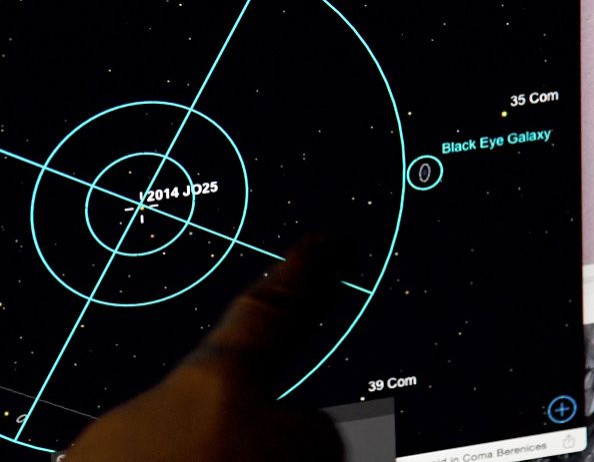590-Foot Asteroid Makes Earth Close Approach Friday, 282-Foot NEO To Follow
KEY POINTS
- Two giant asteroids included in the ESA's Risk List will fly by Earth this weekend
- Asteroid 2020 TY1 is nearly as tall as the Space Needle in Seattle, Washington, at 590 feet
- Asteroid 2019 XS measures 282 feet across and will zip by Earth Saturday
Two giant asteroids are expected to make their close approaches to the Earth just a few days after Election Day. The near-Earth asteroids (NEA) are estimated to be as massive as Seattle's Space Needle and the Statue of Liberty.
Just minutes before Friday ends, a 590-foot asteroid will be zipping by Earth. The NEA, called 2020 TY1, will be making its way toward the planet's vicinity at 11:37 p.m. EST at a speed of 8 miles per second, according to data compiled by NASA's Center for Near-Earth Object Studies (CNEOS).
Asteroid 2020 TY1 will be flying by the planet at a distance of 3.5 million miles away from Earth's surface.
The asteroid's extensive size is what makes it interesting and intimidating. With an estimated diameter of 590 feet (180 meters), 2020 TY1 is about as tall as the Space Needle in Seattle, Washington, which stands at 604 feet. An asteroid this size is also taller than the Washington Monument (555 feet).
The NEA is currently under close observation at the European Space Agency (ESA) and is included in its Risk List, which means it has a non-zero probability of hitting Earth.
The day after 2020 TY1's flyby, 2019 XS is then set to make its way past Earth. At 4:59 p.m. EST on Saturday, this NEA will be flying by at a speed of 5 miles per second, according to CNEOS' Close Approach Data Table.
Although it is significantly smaller than 2020 TY1, 2019 XS still has a pretty large diameter. Measuring an estimated 282 feet (86 meters) across, 2019 XS is nearly as tall as the Statue of Liberty in New York, which stands at 305 feet. The NEA is believed to be taller than a typical giant sequoia tree, which can grow up to 250 feet.
CNEOS' data indicated that the asteroid will be zipping by Earth at a distance of 3.3 million miles away from the planet's surface.
Similar to 2020 TY1, asteroid 2019 XS is being closely monitored by the ESA and is included in the space agency's Risk List.
Both space rocks that are set to fly by Earth are classified as Apollo asteroids due to their orbits. Asteroids belonging to this category have orbits that intersect at a certain point with that of Earth's, making close approaches more likely.

© Copyright IBTimes 2025. All rights reserved.





















